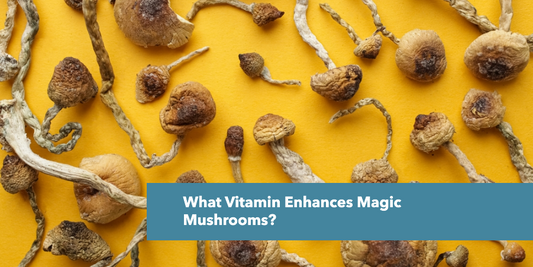Ancient Use
Prehistoric Rock Art: Depictions of psychedelic mushrooms and their effects have been found in prehistoric rock art in Algeria and Spain, dating back to around 9000–7000 BCE.
Aztec and Mayan Cultures: The Aztecs and Mayans used psilocybin mushrooms in religious and spiritual contexts. The Aztecs referred to them as "teonanácatl," meaning "flesh of the gods".
Mesoamerican Cultures: Psilocybin mushrooms have been used in various rituals and ceremonies by indigenous cultures in Mesoamerica, including the Mazatec and Mixtec peoples.
European Discovery
1799: The first mention of hallucinogenic mushrooms in European medicinal literature was in the London Medical and Physical Journal, where a man served Psilocybe semilanceata mushrooms to his family.
1955: Valentina Pavlovna Wasson and R. Gordon Wasson became the first known European Americans to participate in an indigenous mushroom ceremony in Mexico.
Modern Era
1950s: The Wassons' experiences and subsequent publications helped popularize the use of psilocybin mushrooms in the West. This led to the Harvard Psilocybin Project, which explored the therapeutic potential of psilocybin.
1960s: Timothy Leary and Richard Alpert (later known as Ram Dass) promoted the use of psilocybin mushrooms as part of the counterculture movement. They conducted studies on the effects of psilocybin on prisoners and divinity students, showing promising results.
1970s: The use of psilocybin mushrooms became widespread, and many species were described and cultivated. The availability of psilocybin mushrooms from wild and cultivated sources made them one of the most widely used psychedelic drugs.
Contemporary Research
Recent Studies: Modern research has focused on the therapeutic potential of psilocybin, particularly in treating mental health conditions such as depression, anxiety, and PTSD. Studies have shown promising results, leading to the development of new therapeutic practices.
Genomic Analysis: A recent study by the University of Utah and the Natural History Museum of Utah analyzed the genomic diversity of psilocybin-producing mushrooms, revealing the evolutionary history and potential for biotechnological applications.




